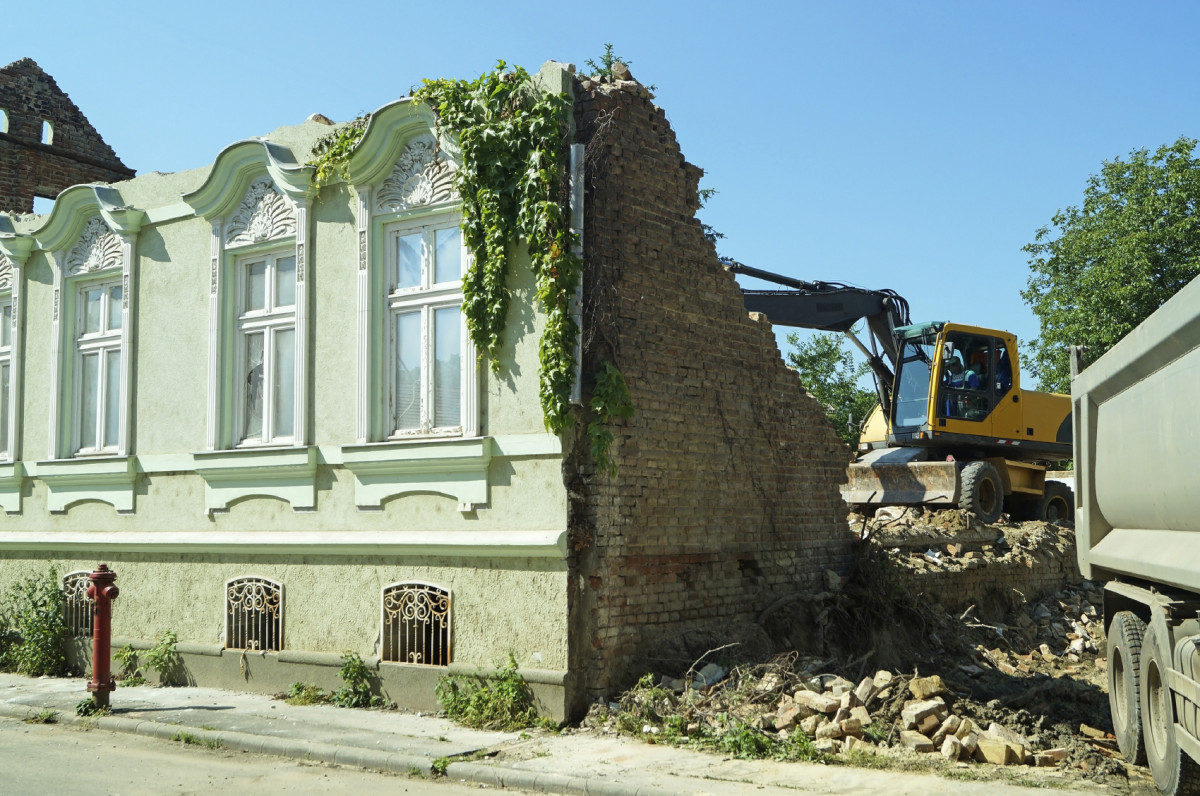Demolition increase highlights safety risk
12 Jun 2014, Industry Updates

Worksafe steps up health and safety for sites carrying out residential demolition work.
With residential demolitions in Christchurch set to increase significantly between now and December, WorkSafe New Zealand has highlighted the increased safety risk associated with demolition work.
While there are a number of serious hazards associated with demolition work – such as the use of mobile plant, the requirement to work at height, noise and manual handling – Kathryn Heiler, WorkSafe’s Canterbury rebuild health and safety programme director, said she is particularly concerned about the identification and removal of asbestos.
“Asbestos is extremely hazardous to workers and presents health risks to homeowners and the neighbouring community if not managed correctly,” she said.
“In Canterbury, we’re seeing too many properties throughout the region being demolished before asbestos has been accurately identified, creating a hazard for workers and persons in the vicinity. A failure to properly identify asbestos before work commences can also potentially contaminate soil and the waste stream.”
Due to the scheduled increase in the pace of demolition work, WorkSafe is increasing the number of demolition site visits from its inspector team.
What does WorkSafe expect?
In Section 6 of the Health and Safety in Employment Act 1992, the general requirement is to “take all practicable steps to ensure the safety of employees while at work”.
Section 16 of the Act includes the requirement for those who occupy or own the site, or who own plant on the site, to ensure that hazards do not harm people in the vicinity.
WorkSafe’s expectation is that all hazards that may cause harm are identified. These include asbestos, falls from height, falling objects and hazards associated with mobile plant, amongst others. All significant hazards identified must be controlled by considering the hierarchy of controls – eliminate, isolate and minimise.
“Where we see unsafe work practices and breaches of the Health and Safety in Employment Act 1992 we will be prepared to stop the work and take enforcement action,” said Ms Heiler. “This may include the issuing of notices, fines or even prosecution, to ensure the safety of workers”.
Register to earn LBP Points Sign in



